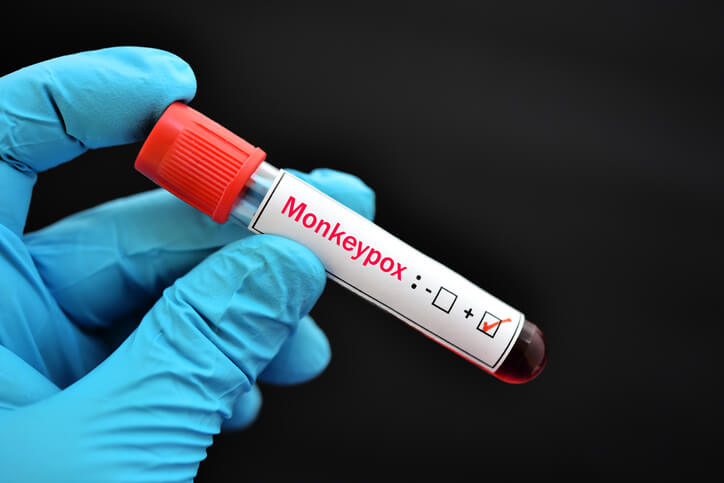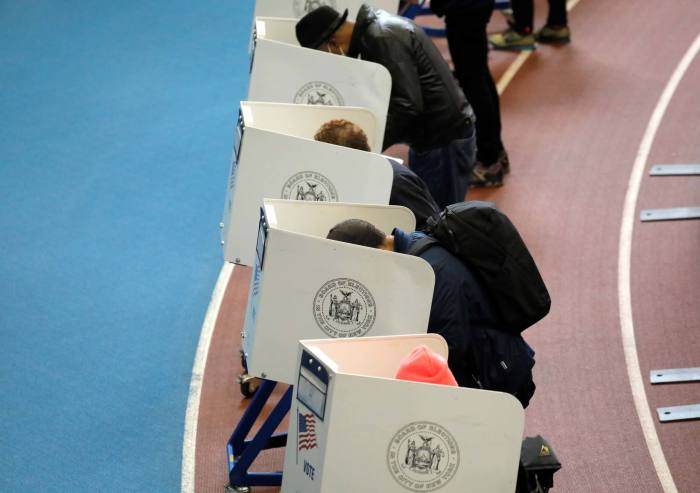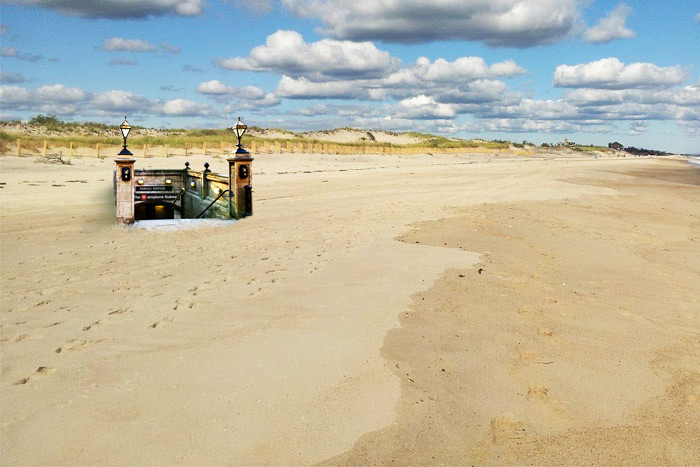The first case of monkeypox on Long Island was confirmed Friday in a patient who is now isolating at home in Suffolk County, the Suffolk County Health Department said.
The person was seen by a local healthcare provider and tested positive for orthopoxvirus by the New York State Department of Health’s Wadsworth Center Laboratory. Suffolk health officials are in contact with anyone who may have been exposed. Officials did not specify what town the patient lives in.
“While the current risk to the general public is low, we urge the public as well as healthcare providers in Suffolk County to be aware that this rare virus has been found in the region and to know the signs and symptoms and manner of transmission of the monkeypox virus,” said Suffolk County Health Commissioner Dr. Gregson Pigott.
The case is one of 96 currently confirmed orthopoxvirus cases in the state and approximately 400 nationwide as of July 1, officials said. There have been no U.S. deaths and officials say the risk to the American public is low.
Reacting to a surprising and growing monkeypox outbreak, U.S. health officials on Tuesday expanded the group of people recommended to get vaccinated against the monkeypox virus. They also said they are providing more monkeypox vaccine, working to expand testing, and taking other steps to try to get ahead of the outbreak.
“We will continue to take aggressive action against this virus,” said Dr. Ashish Jha, White House COVID-19 response coordinator, who has also been playing a role in how the government deals with monkeypox.
The administration said it was expanding the pool of people who are advised to get vaccinated to include those who may realize on their own that they could have been infected. That includes men who who have recently had sex with men at parties or in other gatherings in cities where monkeypox cases have been identified.
Most monkeypox patients experience only fever, body aches, chills and fatigue. People with more serious illness may develop a rash and lesions on the face and hands that can spread to other parts of the body.
-With Associated Press
Sign up for Long Island Press’ email newsletters here. Sign up for home delivery of Long Island Press here. Sign up for discounts by becoming a Long Island Press community partner here.

































